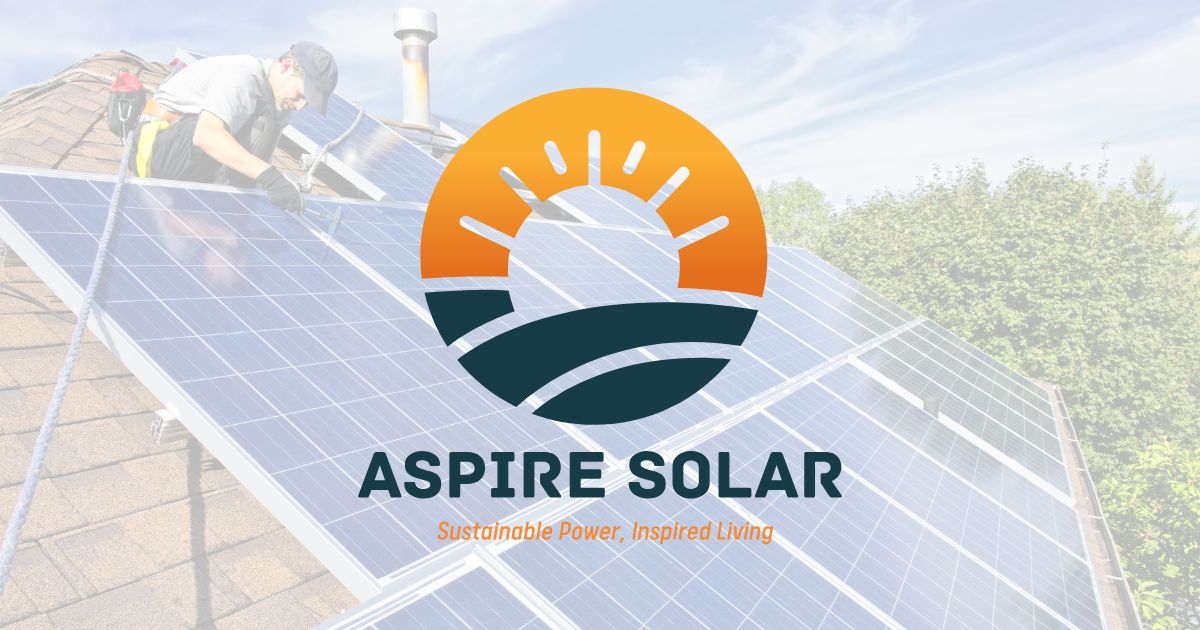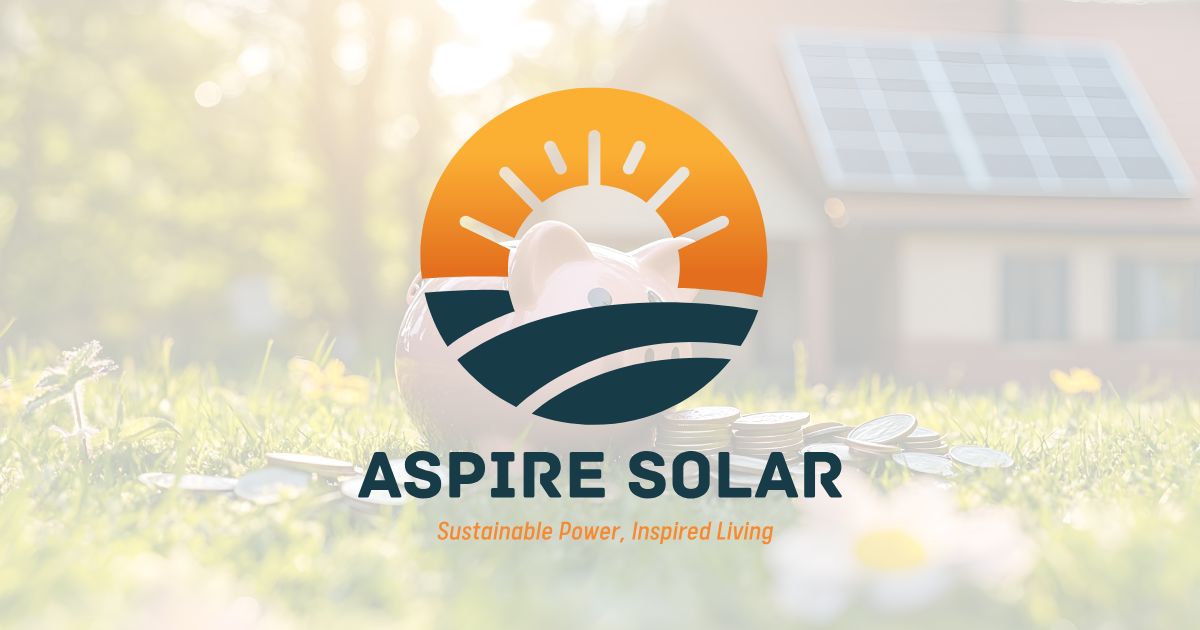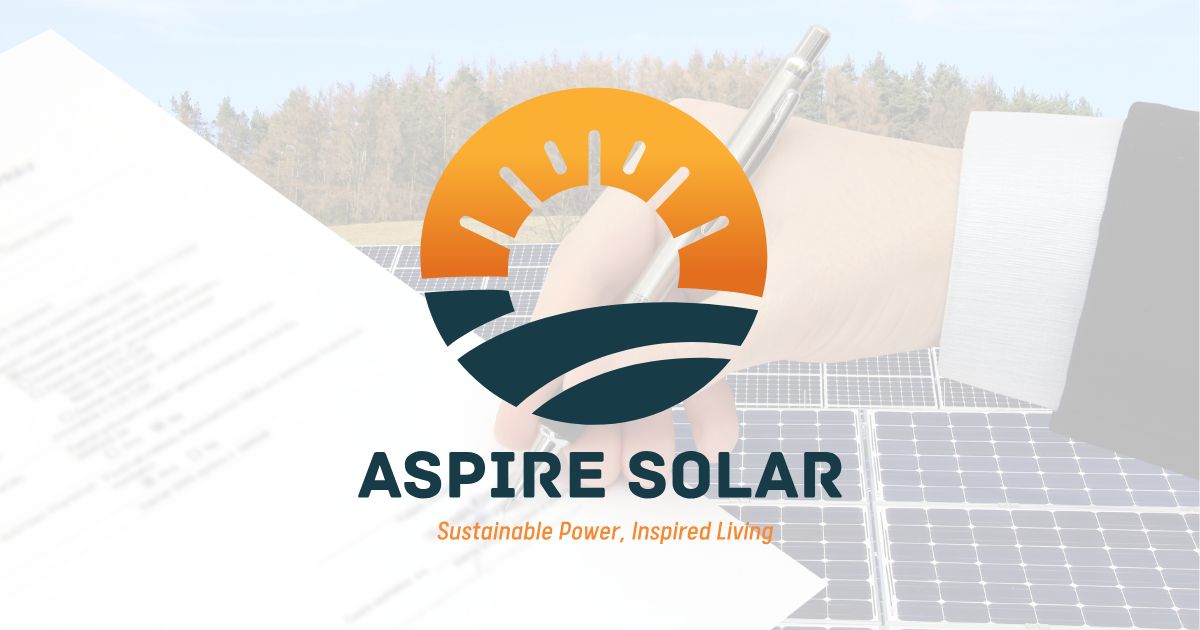Why ROI Matters When Going Solar in Florida
When Florida homeowners explore solar energy, one of the first questions asked is: “How long until this investment pays for itself?” That payback period, commonly referred to as the return on investment (ROI)—is the number one driver for most families deciding whether to go solar or not.
For years, the ROI on solar in Florida has been among the fastest in the country, thanks to plenty of sunshine and the 30% Residential Clean Energy Credit. This federal incentive allows homeowners to deduct nearly one-third of the cost of a solar energy system from their taxes. But with the credit ending on December 31, 2025, the financial equation is about to change dramatically.
ROI Before vs. After the 2025 Deadline
Let’s put the numbers into perspective:
- With Tax Credit (before 2025): A $20,000 solar system receives a $6,000 credit, lowering the net cost to $14,000. With average Florida electricity bills ranging from $180 to $250 per month, homeowners can recover their investment in 6–7 years.
- Without Tax Credit (after 2025): The same $20,000 system will no longer qualify for the credit. Homeowners will pay the full cost, pushing the payback period closer to 9–10 years.
That’s a significant difference. For a Tampa Bay or Pasco County homeowner, waiting just a year or two could add several more years before the system fully pays for itself.
Why Local Energy Costs Make ROI Even More Important
Florida’s sunshine is abundant but so are rising energy bills. In 2024, electricity rates in Florida jumped 12%, and industry experts forecast steady increases in the coming years. With hot summers, heavy air conditioning use, and population growth straining the grid, these costs aren’t likely to drop anytime soon.
By installing solar now, homeowners in areas like Wesley Chapel, Land O’ Lakes, and Tampa Bay can protect themselves against unpredictable utility spikes. Solar not only cuts monthly bills but also acts as a hedge against inflation, locking in predictable energy costs for decades.
Without the federal credit, however, that hedge becomes more expensive to secure.
The Ripple Effect on Home Resale Value
ROI isn’t only about monthly savings; it’s also about long-term property value. Multiple studies show that homes with solar systems sell faster and for a premium. In Florida’s competitive real estate market, this is especially true in family-oriented neighborhoods like Pasco County and the growing suburbs north of Tampa.
- With Tax Credit: Installing solar in 2025 means your system costs less upfront, boosting your net return when you sell.
- Without Tax Credit: Post-2025 buyers may still value solar, but your upfront investment will be higher, shrinking overall ROI.
By acting before the deadline, you ensure you capture the dual benefit: monthly energy savings and an attractive home feature that boosts resale value.
The Broader Impact of the Solar Tax Credit Ending
The end of the Residential Clean Energy Credit doesn’t just affect individual homeowners, it impacts Florida communities. A longer ROI discourages adoption, which means fewer households will contribute to renewable energy growth. For Tampa Bay residents, this could slow progress toward cleaner, more resilient energy systems.
Additionally, Florida businesses that support the solar industry may face slower demand after 2025, potentially affecting job growth and local economic activity.
What About State and Local Incentives?
While the federal incentive is set to disappear, Florida residents can still take advantage of local programs that boost ROI, including:
- Sales Tax Exemption: Florida waives the 6% state sales tax on solar equipment.
- Property Tax Exemption: Solar upgrades won’t raise your property’s assessed value, protecting you from higher annual taxes.
- Net Metering: Many Tampa Bay homeowners can still earn bill credits by selling excess energy back to the grid.
These programs soften the blow, but they don’t come close to matching the 30% federal tax credit in terms of impact on ROI.
Why Acting Before 2025 Is the Smart Move
The math is simple: the shorter your payback period, the higher your ROI. Installing solar before December 31, 2025, guarantees:
- Maximum Savings: Up to 30% of system costs covered.
- Faster Payback: Typically, 6–7 years versus 9–10 years.
- Stronger Resale Value: Lower investment with the same equity boost.
- Protection from Rising Costs: Lock in predictable energy expenses before utility bills climb further.
For Tampa Bay and Pasco County homeowners, delaying installation past the deadline could mean paying thousands more out of pocket and waiting several extra years to break even.
Bottom Line: Don’t Wait to Maximize Your ROI
The impact of the solar tax credit on ROI is clear: homeowners who install solar before the 2025 deadline will see faster returns, stronger savings, and a more valuable property. Those who wait will still benefit from solar, but the financial equation won’t be nearly as attractive.
Aspire Solar helps Florida homeowners in Pasco County, Tampa Bay, Wesley Chapel, and Land O’ Lakes design systems that maximize savings while there’s still time to claim the federal credit. With installation timelines, permitting, and supply chain factors to consider, waiting until late 2025 could put you at risk of missing out altogether.
Don’t leave money on the table. Schedule a consultation today and lock in your solar savings before the window closes.


